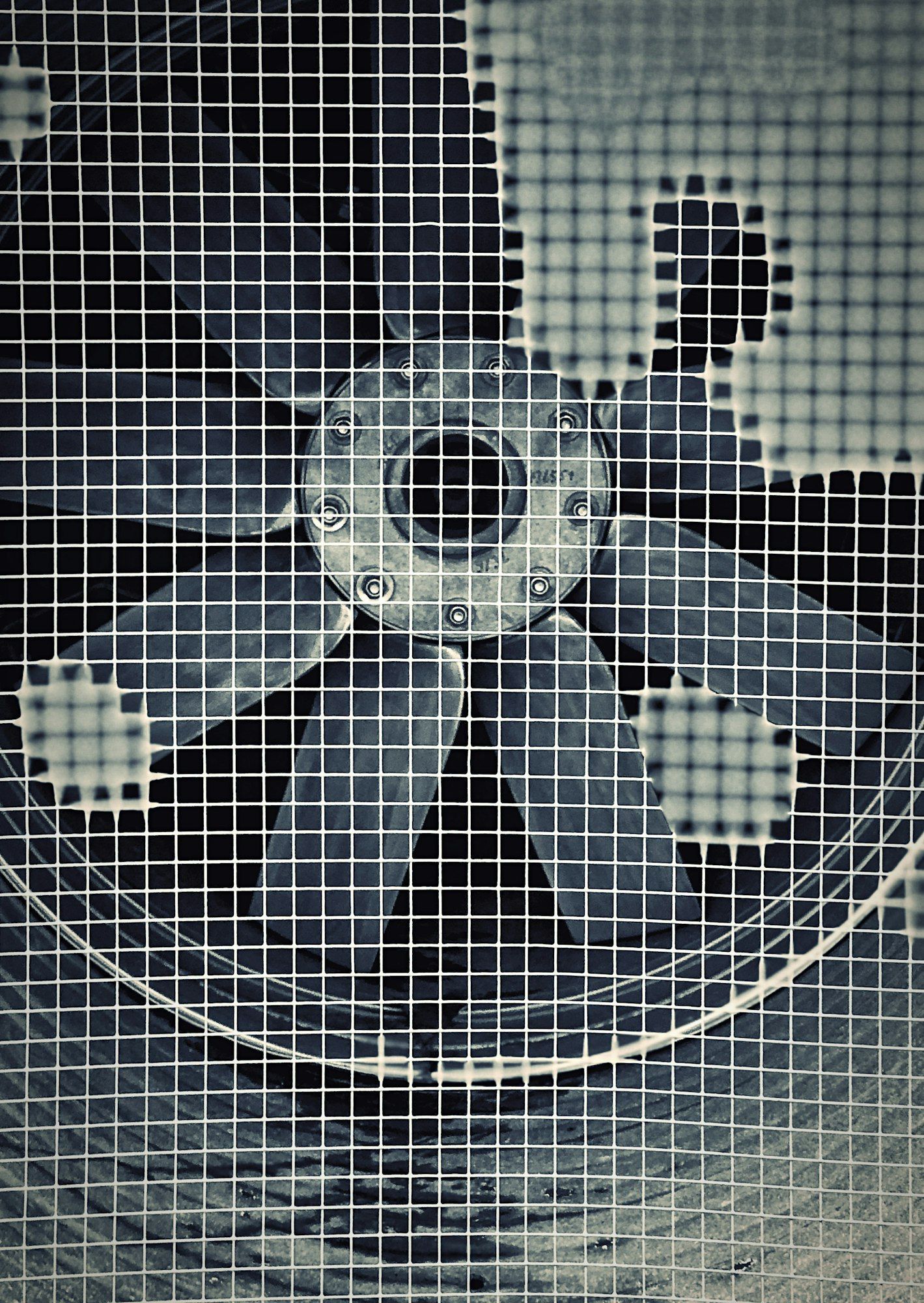Camping in the United Kingdom can be an exhilarating experience, especially during the summer months when the natural beauty of the countryside is at its peak. However, the UK’s humid summer climate can pose a significant challenge for campers, especially when it comes to keeping your tent well-ventilated.
Proper ventilation is essential to prevent condensation, ensure a comfortable sleeping environment, and keep your gear dry. In this article, we will explore key strategies to ensure proper ventilation in your tent, using a variety of techniques and gear to maximize airflow and minimize discomfort.
In the same genre : How to prepare for a solo camping trip in the remote areas of the Scottish Highlands?
Understanding the Importance of Ventilation in Your Tent
Proper ventilation in your tent is crucial for several reasons. First and foremost, it helps to minimize condensation. Condensation occurs when warm, moist air from inside the tent meets the cooler surface of the tent walls, causing water droplets to form. This can make the inside of the tent uncomfortably damp and can even lead to mold growth, which can damage your tent and gear.
Moreover, good ventilation helps to regulate the temperature inside your tent. During hot, humid UK summers, it’s easy for the inside of your tent to become stiflingly hot. Proper airflow helps to keep your tent cool and ensures a more comfortable sleeping environment.
In parallel : What are the best tips for camping near UK military training areas?
Lastly, ventilation helps to remove odors and stale air from the tent, making it a more pleasant place to sleep and relax. This is particularly important if you’re camping for an extended period or if you’re sharing your tent with others.
Choosing the Right Tent for Ventilation
One of the best ways to ensure proper ventilation in your tent is to choose a tent that is designed with airflow in mind. Look for tents with mesh inners and mesh panels, which allow air to flow freely while keeping bugs out.
A tent with multiple ventilation points will also help to promote airflow. For example, many tents have vents at the top and bottom, which allow warm air to escape while drawing in cooler air from the ground. These features can be particularly helpful in humid conditions.
If you’re planning to camp during the summer, consider investing in a tent with a mesh inner tent. This type of tent has a breathable inner layer that helps to promote airflow while providing an extra layer of protection against the elements.
Another option is to use a tarp or rainfly that can be adjusted to allow for more airflow. For example, you can set up a tarp to create an awning over the entrance to your tent, which provides shade and allows air to flow through the tent more easily.
Setting Up Your Tent for Maximum Ventilation
Once you’ve chosen the right tent, it’s important to set it up in a way that promotes airflow. Start by selecting a campsite that is well-ventilated. Avoid setting up your tent in low-lying areas where cold air can settle, or in areas with dense vegetation that can block airflow.
If possible, set up your tent in a location that receives a breeze. Position your tent so that the wind can flow through the tent, helping to keep it cool and reduce condensation. You can also use natural features like trees or rocks to provide shade and promote airflow.
When setting up your tent, make sure to open all the vents and doors to allow for maximum airflow. If your tent has mesh panels, keep them open to allow air to flow freely through the tent. You can also use a camping fan to help circulate air inside the tent.
Using Gear and Accessories to Improve Ventilation
In addition to choosing the right tent and setting it up properly, there are a variety of gear and accessories that can help to improve ventilation in your tent. One of the most effective ways to promote airflow is to use a camping fan. These fans are designed specifically for use in tents and can help to circulate air and reduce humidity.
Another useful accessory is a mesh storage basket. These baskets can be hung from the ceiling of your tent and used to store gear, clothing, and other items. The mesh material allows air to flow freely, helping to keep your tent cool and reduce condensation.
If you’re camping in particularly humid conditions, consider using a dehumidifier. These devices are designed to remove excess moisture from the air, helping to keep your tent dry and comfortable. Some dehumidifiers are battery-powered, making them ideal for camping trips.
Staying Comfortable While You Sleep
One of the most important aspects of camping is getting a good night’s sleep. Proper ventilation can help to ensure a comfortable sleeping environment, but there are a few additional steps you can take to stay cool and comfortable.
Invest in a high-quality sleeping bag that is designed for warm weather. Look for a sleeping bag with a breathable fabric that allows air to flow freely. You can also use a sleeping pad to create a barrier between your body and the ground, helping to keep you cool and comfortable.
If you’re camping in extremely hot and humid conditions, consider using a sleeping bag liner. These liners are made from lightweight, breathable materials that can help to wick away moisture and keep you cool.
Another useful tip is to wear lightweight, moisture-wicking clothing to bed. Avoid wearing heavy or restrictive clothing, as this can trap heat and make it difficult to stay comfortable. Instead, opt for loose-fitting, breathable fabrics that allow air to flow freely.
Staying Dry During Wet Weather
While ventilation is crucial during hot and humid conditions, it’s equally important to keep your tent dry during wet weather. Rain and moisture can quickly lead to condensation and make the inside of your tent uncomfortably damp.
One of the best ways to keep your tent dry is to use a rainfly. A rainfly is a waterproof cover that goes over the top of your tent, providing an extra layer of protection against rain and moisture. Make sure to set up the rainfly properly, with enough space between the rainfly and the tent to allow for airflow.
Another useful tip is to use a groundsheet. A groundsheet is a waterproof barrier that goes under your tent, helping to keep moisture from the ground from seeping into your tent. Make sure the groundsheet is properly sized and positioned to provide maximum protection.
If you’re camping in particularly wet conditions, consider using a tent footprint. A tent footprint is a custom-sized groundsheet that provides an extra layer of protection against moisture and abrasion.
Ensuring proper ventilation in your tent during humid UK summers is essential for a comfortable and enjoyable camping experience. By choosing the right tent, setting it up properly, and using the right gear and accessories, you can maximize airflow and minimize condensation.
Remember to choose a tent with mesh inners and multiple ventilation points, set up your tent in a well-ventilated location, and use gear like camping fans and mesh storage baskets to improve airflow. Additionally, take steps to stay cool and comfortable while you sleep, and make sure to keep your tent dry during wet weather.
By following these tips, you can ensure a pleasant and comfortable camping experience, even during the hot and humid summer months. Happy camping!











